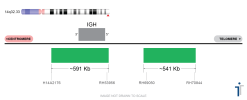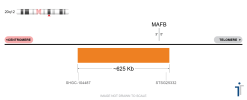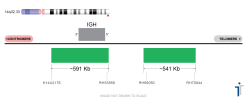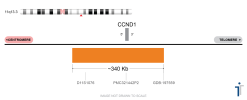Multiple Myeloma Reflex
Concentrate
Price range: $1,102.00 through $2,235.00
CE-IVD
Price range: $605.00 through $2,235.00
CE-IVD
Price range: $605.00 through $2,235.00
Concentrate
Price range: $605.00 through $2,235.00
CE-IVD
Price range: $605.00 through $2,235.00




